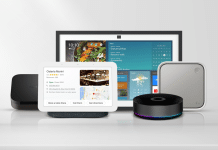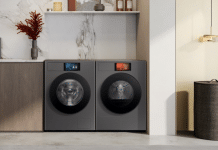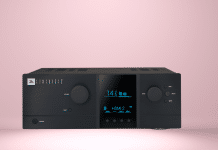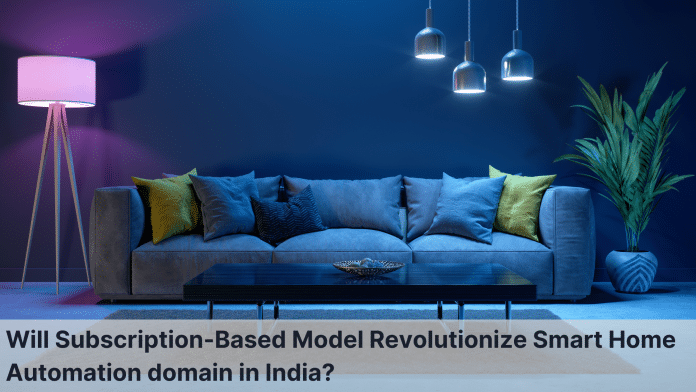
Analyzing the trajectory of Smart Home as a Service (SHaaS) within India’s Smart Home Automation domain, particularly focusing on subscription-based business models, we have engaged with industry experts to discern the unique challenges and opportunities present, especially in tier-two cities.
In recent times, there has been a burgeoning demand for the adoption of subscription-based business models across diverse segments. The attractiveness of the ‘subscription-based business model’ lies in its cost-effectiveness, user-friendly nature, and broad accessibility to a diverse consumer base.
This model is progressively permeating the Smart Home Automation segment in India. While it has proven successful abroad, its penetration in India is gradual, signifying a journey of significant growth.
Understanding Smart Home as a Service (SHaaS)
Smart Home as a Service, or SHaaS, is a service model where, instead of the consumer, the service provider takes charge of selecting, installing, maintaining, upgrading, and programming smart home devices. This service utilizes subscription-based business models, with consumers making monthly payments.

As per Coherent Market Insights, the Global Smart Home as a Service market is valued at US$ 11.3 Billion in 2023, with an anticipated compound annual growth rate (CAGR) of 12.11% from 2023 to 2030. This model leverages novel technologies such as connected devices, sensors, cloud intelligence, and social media, amalgamating essential services into a user-friendly App. This approach simplifies consumers’ lives, allowing service providers to offer seamless and straightforward experiences.
Smart Home as a Service revolves around three key aspects: Intelligence, Connectivity, and Functionality. These aspects collectively enable users to operate their smart homes efficiently, creating an environment that enhances their overall lifestyle.
Growth Drivers
As the middle-class population in India continues to grow, there is an increasing demand for smart home solutions. Subscription-based models make these technologies more accessible to a broader audience. Another important aspect is improvements in internet infrastructure and increased connectivity have facilitated the adoption of smart home devices.
There are various market surveys indicating various growth drivers, the surge in smartphone and tablet usage, spanning across all age groups and notably in emerging markets like India for the growth of SHaaS. Smart homes, designed to automate household appliances through embedded monitoring, are in demand for providing convenience, efficiency, safety, and security. The integration of cutting-edge security systems enhances safety measures, alerting homeowners about intrusions and enabling room-specific surveillance even in their absence. The heightened public concern for these aspects contributes to the growing popularity of smart homes.
The lighting control industry is witnessing notable growth, evident in the diversity of available products such as dimmers, timers, occupancy sensors, daylight sensors, and relays. Manufacturers are now focusing on developing models with integrated data connectivity, eliminating the need for external protocols and communication. This innovation simplifies the user experience and enhances the seamless integration of lighting controls with home automation systems.

Sudip Saha, Managing Director and Co-Founder at Future Market Insights, an award-winning market research and consulting firm says, “A subscription-based business model has the potential to drive mass-market adoption of professional smart home automation systems in India. Smart home automation systems can be expensive upfront. A subscription model allows customers to access these systems with a lower initial investment, making them more affordable and accessible to a larger audience. By spreading the cost of smart home automation over a subscription period, customers can avoid the financial burden of a large upfront payment. This makes the technology more appealing to a broader range of consumers, including those in middle-income segments.”

Parth Shah, Founder, Chief Revenue Officer, Smart Node a product-based company specializing in Smart Home Automation solutions in India says “I’ve identified two types of subscription-based models in home automation prevalent in India: hardware as a service and software as a service. As per my observation, the adoption of hardware rental as a subscription-based model for home automation hasn’t gained significant traction in India yet. On the other hand, software-based subscriptions are being utilized by certain foreign brands operating in India. Convincing Indian consumers, especially the upper-middle-class demographic, to commit to recurring payments for full-featured subscriptions can be challenging. This challenge parallels the struggles faced by OTT platforms in securing long-term commitments from users in India.”

Adding his view Anirudh Bhaskaran, Industry Principal, Frost & Sullivan says, “A subscription-based business model in professional smart home automation can be a viable and popular option for the residential segment in India if vendors can devise a resilient model that is capable of shifting the fixed CAPEX to flexible OPEX with reasonable pricing options along with transparency in the subscription model structure, enhance value proposition through bundling services as well as through implementing local marketing strategies and strategic collaborations with key partners.” says Anirudh Bhaskaran, Industry Principal, Frost & Sullivan.
One of the pioneers in providing Smart Home as a Service is Aliste Technologies who have been in the industry for a more than a year and has around 5,000 plus clients. Anant Ohri, Co-Founder, Aliste Technologies says, “We have received a very positive response and we see a great potential in rental apartment. The homeowners don’t want to invest money as it is not their own apartment but instead they prefer opting for their Smart Home as Service. We have clients in various segments right from residential, commercial to hospitality industry.”
According to Anant they have a growing clientele in Delhi and Bengalure. They provide retrofit solution, App based controls and endless options for various monthly packages. Plus, their solution works with Alexa, Siri and Google Home. Aliste Technologies provides the coolest smart home tech at pocket-friendly subscription rates. The company provide automation service for a 2BHK at ₹ 449/month, for 1 Room package for 119 that Automate 2 Lights, 1 AC and 1 fan in a room.

According to Coherent Market Insights, Global Smart Home as a Service market Segmentation based on Service, the market is segmented into Managed, and Integrated Services. Out of which, integrated is expected to dominate the global market over the forecast period. Due to the rising demand and increased adoption of integrated services; the integrated service category is poised to experience consistent growth and maintain its predominant position throughout the projected period. Comparatively, the managed service sector is expected to command a smaller portion of the global smart home service market.
Segmented by Solution, the market encompasses Security and Access, Lighting and Window, Audio-Visual and Entertainment, Energy Management and Climate, and Integrated Solutions. Among these, the integrated solution segment holds a dominant stance. Following closely, the Security and Access solution sector is anticipated to secure the second-largest market share. Notably, the Audio-Visual and Entertainment segment is projected to outpace other segments in terms of growth rate.
Global and Local Service Providers
Major Global players operating in the market include Ingersoll-Rand plc (Nexia), Vivint, Inc., Protection One Alarm Monitoring, Inc., The ADT Corporation, Telus Communications, Frontpoint Security Solutions, AT&T Inc., Johnson Controls, Inc., Comcast Corporation, Charter Communications (TWC), and CenturyLink, Inc. and Aliste Technologies and Airtel Xsteam Fibre to name a few.
Advantage and Accessibility
Smart home technology can be expensive, with the cost of devices and installation being a significant barrier to entry. Subscription models allow customers to spread out the cost over time through monthly payments, making it more affordable for a broader range of consumers.
Many households are deterred by the high initial investment required for smart home systems. Subscription models typically provide the necessary hardware and installation as part of the package, reducing the upfront cost for customers. Subscription-based models often offer tiered packages with varying levels of features and services. Customers can start with a basic plan and upgrade as their needs and budget allow, making it a scalable solution that can adapt to individual circumstances.
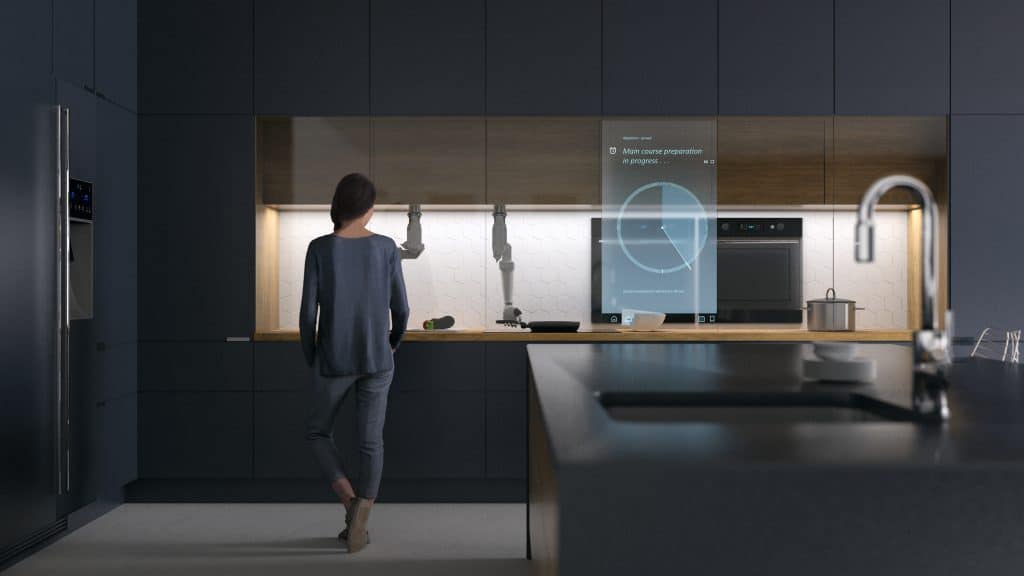
Smart home devices require regular maintenance, updates, and sometimes even replacements. Subscription services often include ongoing support and maintenance, ensuring that the technology remains functional and up-to-date without extra costs or technical expertise from the consumer. Professional installation and customer support are included in many subscription-based packages. This ensures that customers can enjoy a hassle-free experience, as the technology is set up correctly and assistance is readily available when needed.
Highlight Features
Subscribing to a service implies a level of trust that the provider will handle the security and privacy aspects of the technology. This assurance can be a significant factor in convincing consumers to adopt smart home systems, given concerns about data security and privacy.
Subscription services often offer a central platform or app that allows users to integrate and control various smart devices seamlessly. This simplifies the user experience, making it more appealing to the mass market, which may not have the technical expertise to manage multiple devices independently.
Subscription-based models incentivize providers to continually innovate and improve their offerings to retain customers. This results in access to the latest technology and features without the need for customers to frequently replace their devices.
Subscription models can be tailored to cater to different segments of the market, from budget-conscious consumers to those looking for high-end, premium features. This adaptability makes smart home technology accessible to a broader audience.
Subscription services offer flexibility in terms of contract lengths and payment options. This caters to a diverse audience with varying financial circumstances and preferences.
Sudip Saha, Managing Director and Co-Founder at Future Market Insights, “Localized Marketing and Partnerships: Implementing targeted marketing strategies and forming partnerships with local businesses can enhance the relevance and appeal of smart home automation systems in different regions of India. Localization is essential for understanding and addressing specific market needs. Subscription models often include trial periods or money-back guarantees. This reduces the perceived risk for customers who are unsure about adopting smart home technology, encouraging them to try the systems with confidence. Providers can design scalable infrastructure to accommodate a growing subscriber base. This ensures that the system can handle increased demand as more customers adopt smart home automation through the subscription model.”
Feasiblity of subscription-based business models for tier-two cities in India
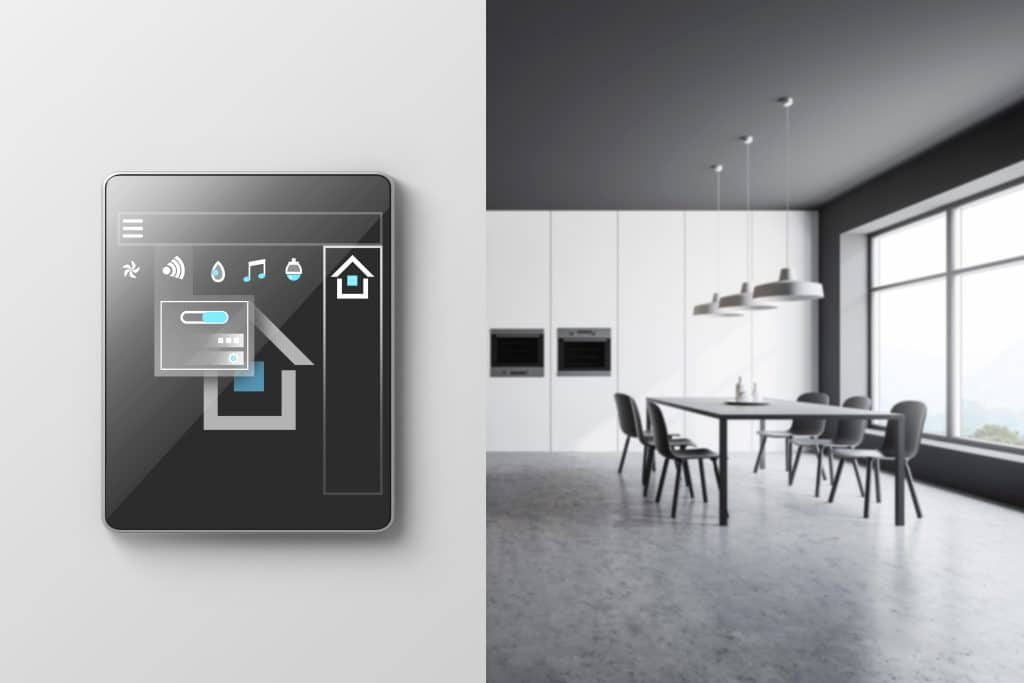
“Tier-two cities may have lower awareness about smart home technology. Investments in education and awareness campaigns will be crucial to inform potential customers about the benefits and functionality of these systems. Some tier-two cities may have infrastructure limitations, including inconsistent internet connectivity or power supply. Ensuring that smart home systems are adaptable to varying infrastructure conditions is essential. Establishing a robust customer support infrastructure may be challenging, as tier-two cities may have fewer service centers. Ensuring prompt and efficient customer support is crucial for customer satisfaction. Understanding and addressing cultural differences and preferences in tier-two cities is essential for effective marketing and product positioning.” Says Parth Shah, Founder, Chief Revenue Officer, Smart Node.
Adding his insights Anirudh Bhaskaran, Industry Principal, Frost & Sullivan says, “Implementation of subscription-based business models for professional smart home automation systems in tier-two cities in India can become feasible if the ecosystem addresses some of the existing challenges in it. A few factors that would drive the adoption of professional smart home automation systems are the growing middle-income population with increasing disposable income, expansion of internet connectivity in tier-two cities and rising residential construction projects with whole-home solutions. However, some of the key challenges include potential affordability concerns, limited awareness of the benefits of smart home automation systems and lack of local technical support in tier-two cities. Professional smart home automation vendors can capitalise on the potential growth opportunities if they can address the challenges mentioned above.” Anirudh Bhaskaran, Industry Principal, Frost & Sullivan.
Being optimistic about the future Parth Shah, Founder, Chief Revenue Officer, Smart Node, says “Currently, our consideration for a subscription model would be restricted to premium features. Crucially, the success of this subscription-based model will hinge on the value it provides to customers. For instance, charging for services that involve gathering energy data and offering predictive insights into energy usage for the month could be justified, given the substantial value it brings to the end-user. Ultimately, the success and demand for such a model will be intricately tied to the tangible benefits and value proposition it offers to consumers.”
There are numerous challenges including cost sensitivity, infrastructure limitations, and a need for awareness. Yet, strategic recommendations like localised marketing, affordable pricing, robust customer support, local partnerships, and continuous innovation can pave the way for success. The key lies in addressing unique challenges and tailoring strategies. The SHaaS market holds immense potential for those ready to embrace it.
Click here to read full November issue : https://www.smarthomeworld.in/magazine-november2023/





